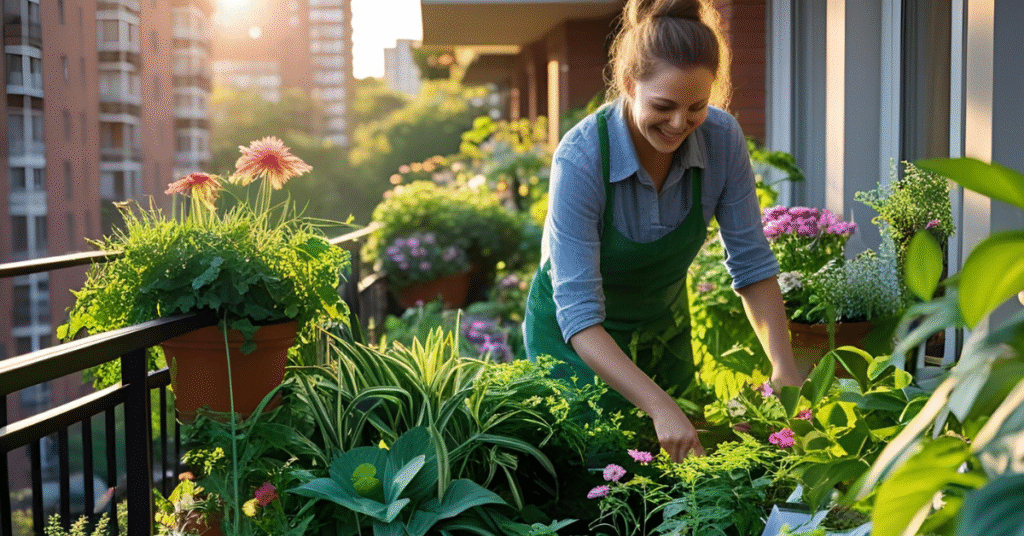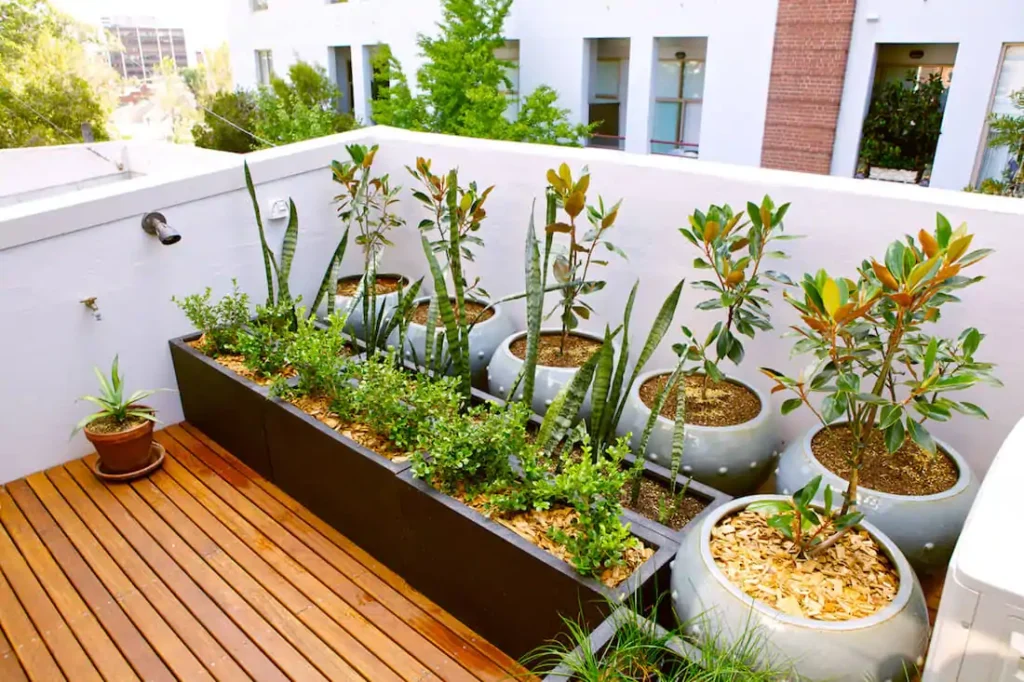Urban food security has become one of the most pressing challenges of our time. With rapid urbanization transforming our world, cities are struggling to feed their growing populations. Recent research reveals that 1.7 billion people in urban and peri-urban areas face food insecurity—a staggering number that demands immediate attention and innovative solutions.
Unlike rural areas where people can grow their own food, urban residents depend entirely on complex food systems that often fail to reach the most vulnerable. This comprehensive guide explores the challenges, solutions, and practical approaches to building more resilient urban food security systems.
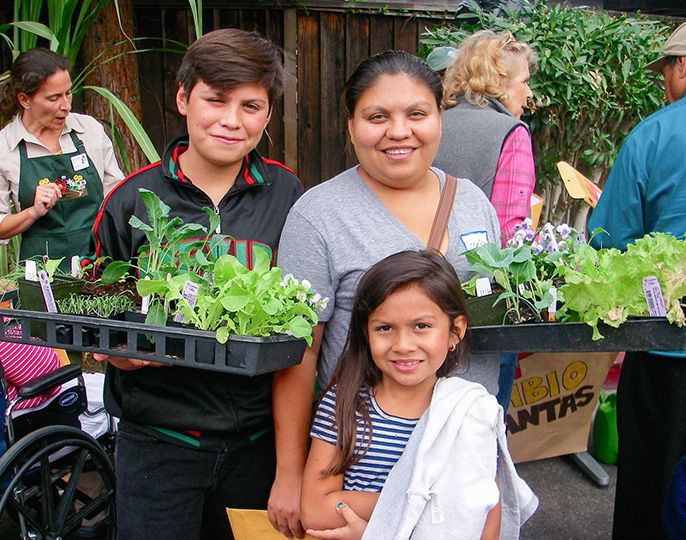
What is Urban Food Security?
According to the Food and Agriculture Organization (FAO), urban food security exists when all people in urban areas have physical and economic access to sufficient, safe, and nutritious food that meets their dietary needs and food preferences for an active and healthy life.
The Four Pillars of Urban Food Security
- Availability: Sufficient quantities of food available in urban markets
- Access: Physical and economic ability to obtain food
- Utilization: Proper biological use of food through adequate nutrition
- Stability: Consistent access to food over time
The unique challenges of urban food security stem from cities’ dependence on external food sources, complex supply chains, and the concentration of poor populations in areas with limited access to fresh, affordable produce.
Urban Food Security by the Numbers: 2024 Data
1.7 Billion
People in urban and peri-urban areas face food insecurity globally
75%
Of food-insecure people live in urban areas, not rural as commonly believed
5-10%
Of global food production comes from urban agriculture
27.91%
Expected growth rate for vertical farming market (2024-2029)
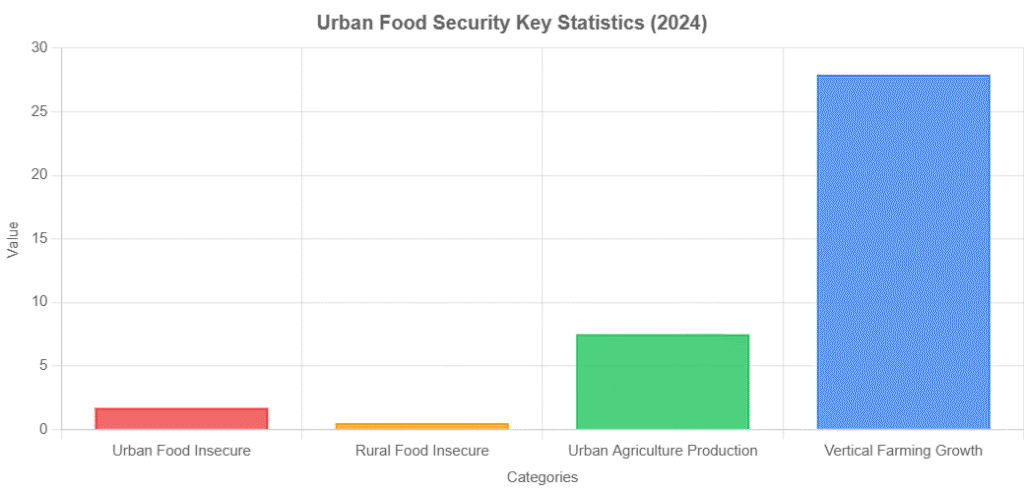
Major Challenges Facing Urban Food Security
Food Deserts in Urban Areas
Many low-income urban neighborhoods lack access to fresh, affordable, nutritious food. These “food deserts” force residents to rely on processed foods from convenience stores, contributing to poor nutrition and health outcomes.
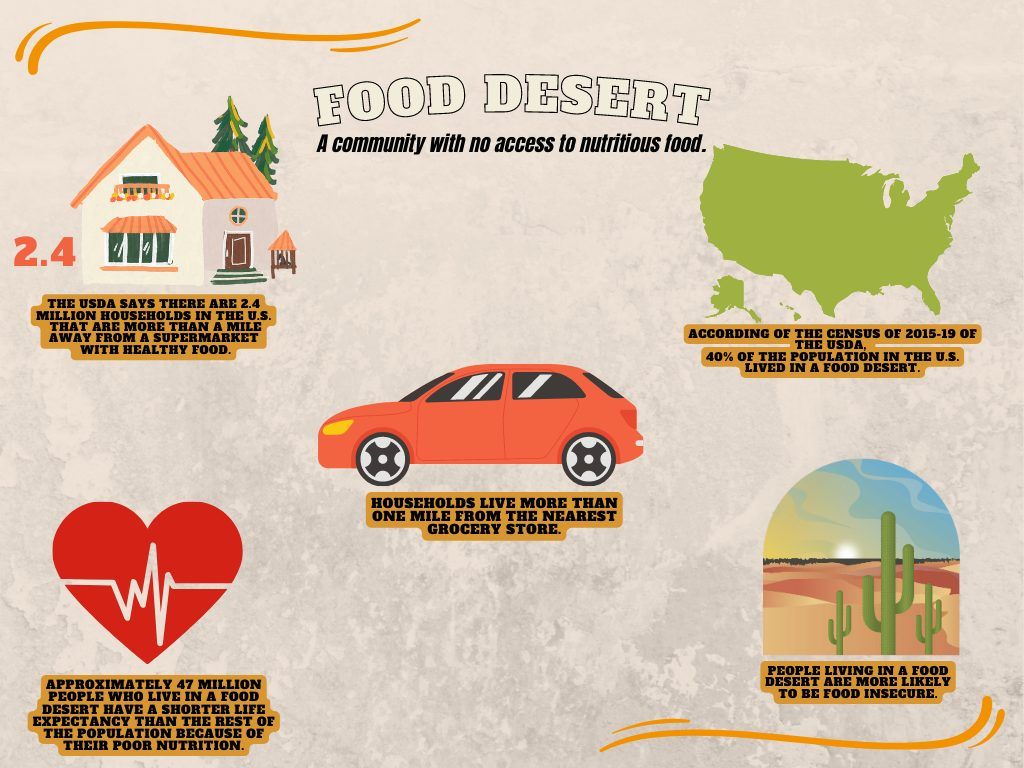
Rising Urbanization Pressure
As cities grow rapidly, particularly in developing countries, the infrastructure to support food systems often lags behind. This creates bottlenecks in distribution and increases food prices for urban residents.
Supply Chain Vulnerabilities
Urban areas depend heavily on external food sources, making them vulnerable to disruptions in transportation, weather events, and economic shocks. The COVID-19 pandemic highlighted these vulnerabilities dramatically.
Limited Growing Space
High land costs and limited space in cities make traditional agriculture difficult. Urban residents often lack yards or balconies suitable for growing food, particularly in dense housing developments.
Innovative Solutions for Urban Food Security
Community Gardens and Urban Agriculture
Community gardens represent one of the most accessible solutions for urban food security. These spaces not only provide fresh produce but also build social connections and teach valuable gardening skills.
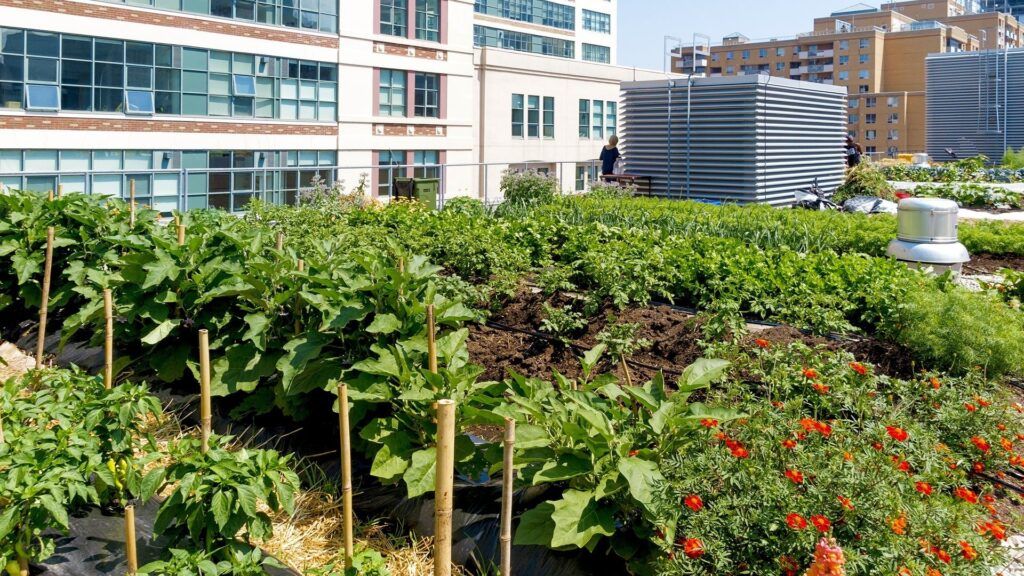
Benefits:
- Fresh, local produce
- Community building
- Educational opportunities
- Reduced food costs
Best Practices:
- Start small with container gardens
- Focus on high-yield vegetables
- Implement water-saving techniques
- Create composting systems
Vertical Farming and Indoor Agriculture
Vertical farming represents the cutting edge of urban food security solutions. By growing crops in vertically stacked layers, cities can produce significant amounts of food in minimal space.
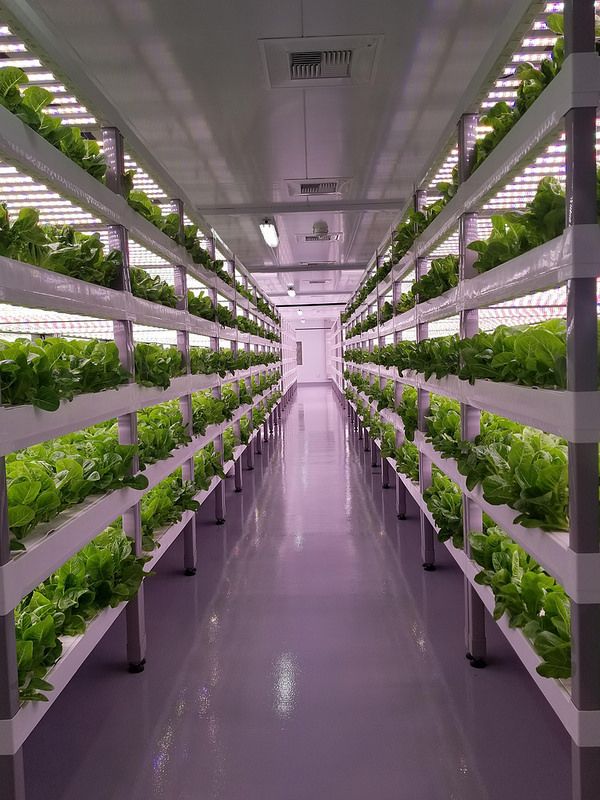
Key Advantages:
- Space Efficiency: Up to 95% less land use than traditional farming
- Water Conservation: 95% less water usage through recirculation systems
- Year-Round Production: Climate-controlled environments enable continuous harvests
- Pesticide-Free: Controlled environments eliminate need for harmful chemical
Rooftop and Balcony Gardening
Individual households can contribute to urban food security through rooftop and balcony gardens. These small-scale solutions can provide fresh herbs, vegetables, and even small fruits.
Getting Started:
- Assess Your Space: Determine sunlight hours and weight capacity
- Choose Appropriate Containers: Select pots with good drainage
- Select Suitable Plants: Start with easy-to-grow vegetables like lettuce, tomatoes, and herbs
- Implement Water Systems: Consider drip irrigation for efficiency
Practical Urban Gardening Guide for Food Security
Best Vegetables for Small Urban Spaces
High-Yield Options
- Cherry tomatoes
- Lettuce and spinach
- Radishes
- Green beans
Container-Friendly
- Herbs (basil, cilantro)
- Peppers
- Carrots (short varieties)
- Microgreens
Fast-Growing
- Arugula
- Bok choy
- Scallions
- Kale
Space-Saving Techniques
Vertical Gardening
Use wall-mounted planters, hanging baskets, and trellises to maximize growing space vertically.
Container Stacking
Stack containers or use tiered planters to grow multiple crops in the same footprint.
Succession Planting
Plant new crops every 2-3 weeks to ensure continuous harvests throughout the growing season.
Troubleshooting Common Urban Gardening Issues
Limited Sunlight
Choose shade-tolerant vegetables like lettuce, spinach, and herbs. Consider grow lights for indoor growing.
Poor Soil Quality
Use high-quality potting mix and add compost regularly. Consider soil testing for container gardens.
Water Management
Install drip irrigation systems and use mulch to retain moisture. Collect rainwater where possible.
Policy and Community-Based Solutions
Government Initiatives
Effective urban food security requires coordinated policy efforts at multiple levels of government. Cities worldwide are implementing innovative programs to address these challenges.
Policy Tools:
- Zoning for urban agriculture
- Food system planning
- Public land access programs
- Incentives for grocery stores
Success Stories:
- Detroit’s urban farm tax credits
- Singapore’s vertical farming initiatives
- Barcelona’s neighborhood food hubs
- Toronto’s food charter program
Community-Led Solutions
Grassroots initiatives often provide the most immediate and culturally appropriate solutions to urban food security challenges.
Food Cooperatives
Community-owned grocery stores that provide affordable, healthy food while keeping profits local.
Mobile Markets
Bringing fresh produce directly to underserved neighborhoods through food trucks and mobile markets.
Education Programs
Teaching cooking skills, nutrition education, and gardening techniques to build long-term food security.
The Future of Urban Food Security (2024-2030)
As we look toward the future, several emerging trends and technologies promise to revolutionize urban food security. The convergence of technology, policy, and community action is creating new possibilities for feeding cities sustainably.
Technological Innovations
- AI-Powered Farming: Machine learning optimizes growing conditions and predicts harvest times
- Automated Systems: Robotics reduce labor costs and increase precision in urban farms
- Blockchain Food Tracking: Ensures food safety and reduces waste in urban supply chains
- Gene Editing: Develops crops specifically adapted to urban growing conditions
Urban Planning Integration
- Food-Sensitive Cities: Urban planning that prioritizes food system resilience
- Circular Economy: Waste from cities becomes inputs for urban agriculture
- Climate Adaptation: Food systems designed to withstand climate change impacts
- 15-Minute Cities: Neighborhoods where fresh food is accessible within walking distance
Expected Developments by 2030
- Vertical farming becomes cost-competitive with traditional agriculture
- Smart city integration makes food systems more efficient and resilient
- Community-based food networks become standard in urban planning
- Policy frameworks align to support comprehensive urban food security
Frequently Asked Questions About Urban Food Security
What is the main cause of urban food insecurity?
The primary cause is the dependence on market-based food systems combined with economic inequality. Unlike rural areas where people can grow food, urban residents must purchase all their food, making them vulnerable to price fluctuations and income limitations. Additionally, many urban areas lack adequate food retail infrastructure, creating “food deserts” where healthy, affordable food is difficult to access.
How can individuals contribute to urban food security?
Individuals can contribute through urban gardening (even small-scale container gardening), supporting local food systems, participating in community gardens, volunteering with food distribution programs, and advocating for better urban food policies. Starting with simple herb gardens or microgreens on windowsills can make a meaningful difference in household food security.
Is vertical farming a realistic solution for urban food security?
Vertical farming shows promise but faces challenges including high initial costs and energy consumption. However, technological advances are reducing these barriers, and the market is expected to grow 27.91% between 2024-2029. While not a complete solution, vertical farming can significantly contribute to urban food security, particularly for leafy greens and herbs that are expensive to transport and store.
Which vegetables are best for urban gardening beginners?
Beginners should start with fast-growing, low-maintenance crops like lettuce, radishes, herbs (basil, cilantro), spinach, and cherry tomatoes. These plants are forgiving, don’t require much space, and provide quick results that encourage continued gardening. Microgreens are also excellent for beginners as they can be grown indoors year-round and are ready to harvest in 1-2 weeks.
How do community gardens improve urban food security?
Community gardens improve urban food security by providing access to fresh, affordable produce, building social connections that strengthen community resilience, teaching valuable gardening and nutrition skills, and creating green spaces that improve neighborhood health and property values. They also foster food sovereignty by giving communities control over their food production.
What role does policy play in urban food security?
Policy plays a crucial role through zoning laws that allow urban agriculture, food assistance programs, regulations that encourage grocery store development in underserved areas, and comprehensive food system planning. Cities with strong food policies typically have better food security outcomes, lower rates of diet-related diseases, and more resilient food systems.
How can urban food security be measured and improved?
Urban food security can be measured through indicators like food accessibility (distance to grocery stores), affordability (food costs relative to income), dietary diversity, and nutritional outcomes. Improvements come through integrated approaches combining infrastructure development, policy changes, community programs, and technological innovations that address all four pillars of food security: availability, access, utilization, and stability.
Taking Action for Urban Food Security
Urban food security represents one of the most pressing challenges of our urbanizing world, but it’s also one where individual actions can make a real difference. With 1.7 billion people in urban areas facing food insecurity, the solutions require both large-scale policy changes and grassroots community action.
Your Next Steps
Start Small:
- Begin with herbs on your windowsill
- Join a local community garden
- Support urban farmers’ markets
- Learn about food preservation
Think Big:
- Advocate for better urban food policies
- Support food security organizations
- Share knowledge with your community
- Invest in sustainable food systems
The future of urban food security depends on our collective action today. Whether through individual gardening efforts, community organizing, or policy advocacy, everyone has a role to play in building more resilient, equitable urban food systems.
Resources for Continued Learning
Organizations:
- FAO Urban and Peri-Urban Agriculture
- American Community Gardening Association
- Urban Agriculture Network
- Local food policy councils
Tools & Resources:
- USDA Urban Agriculture Toolkit
- Food security assessment tools
- Community garden planning guides
- Urban farming calculators
